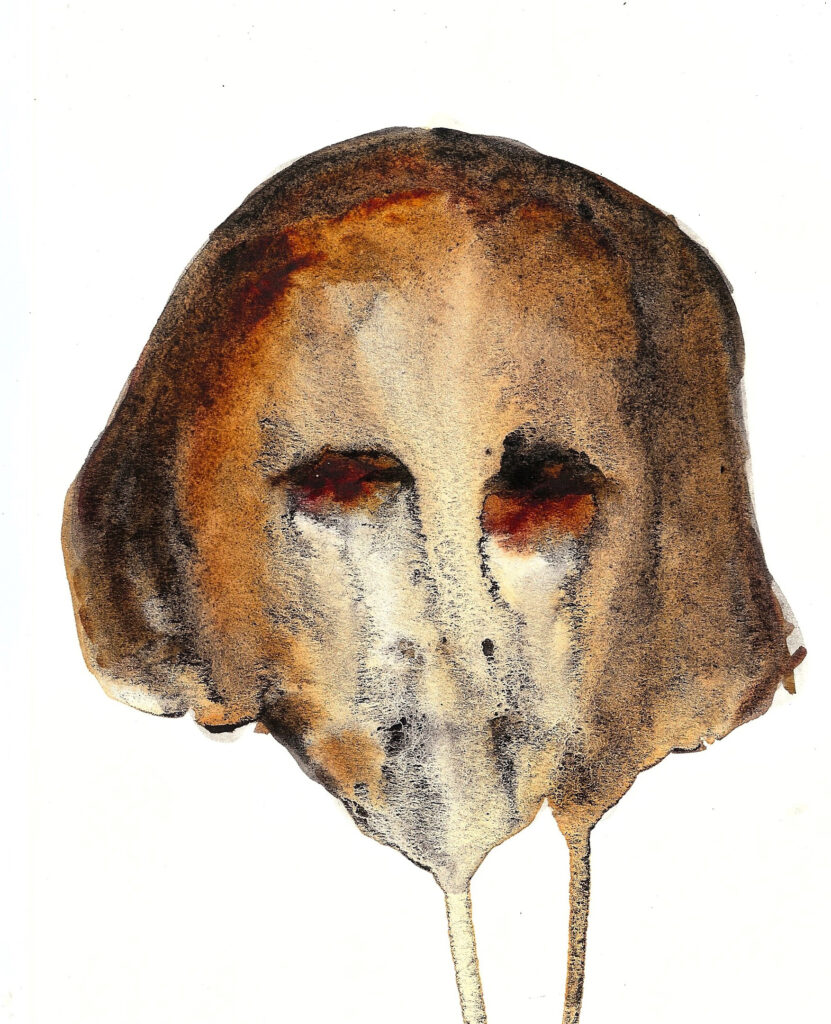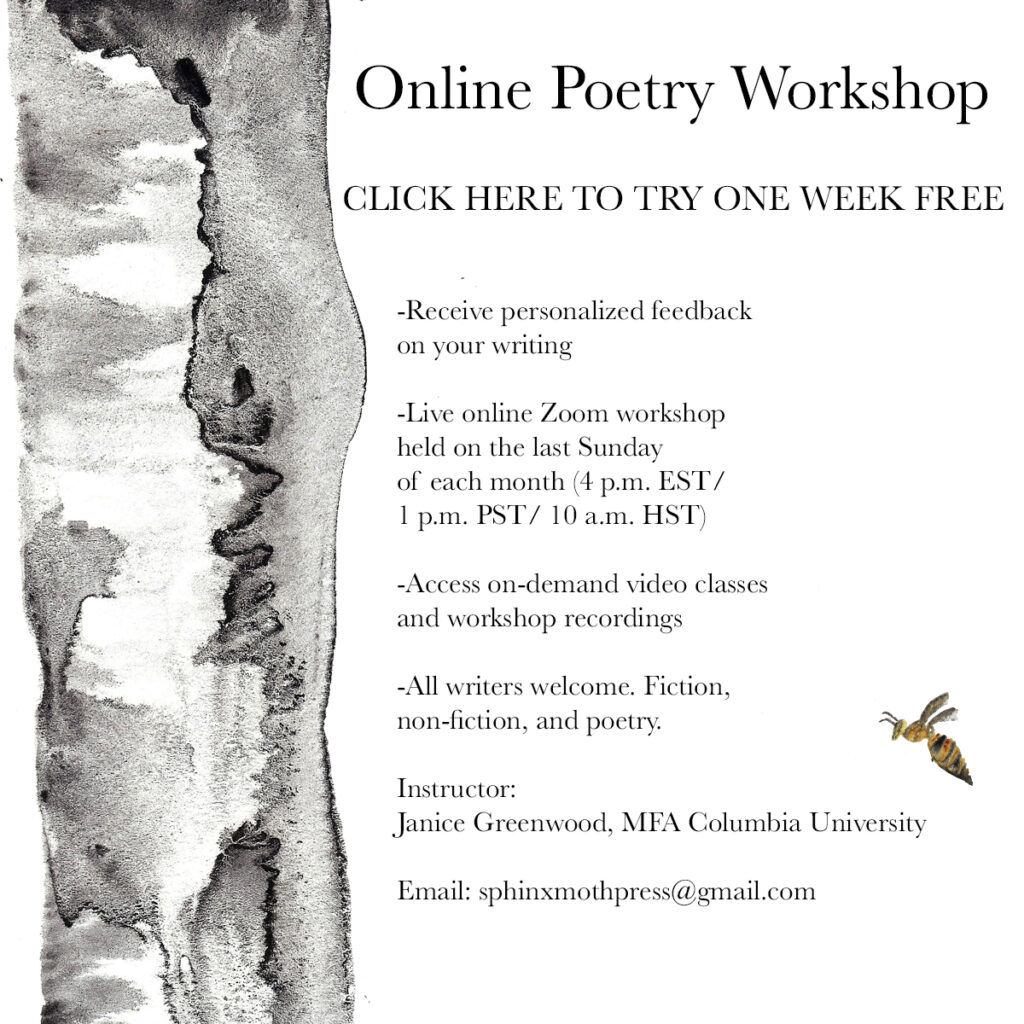Perhaps the best thing about Billie Eilish: The World’s a Little Blurry, the excellent documentary directed by R.J. Cutler is the fact that it is bookended with scenes that offer viewers a glimpse inside Eilish’s journal. Early on, the camera moves down and we catch a glimpse of the lyrics to “When We All Fall Asleep Where Do We Go” written out in big block letters, the line “I want to end me” crisscrosses the bottom of the page, as if Eilish was banishing the idea and striking it from the record even as her hand asserted the relentless existence of the very thought. (I have to admit that I paused the documentary several times here. I spent hours at the Met when DaVinci’s journals went on display, and there’s something truly moving about seeing the creative process at its earliest and protean stages.) This is art being made. In the scenes that follow, we’ll watch Eilish and her brother Finneas work through that very song and struggle with it. Later, the documentary, which has in many ways been a video journal of Eilish’s rise to stardom, ends with a look back at those original journals. The return is poignant. They are the source of everything that followed: the stratospheric rise to fame, the tour, the interviews, the reason for the film itself. Eilish reveals herself, opening her journals to her fans and viewers, showing a poem in which she describes cutting herself. She says she didn’t think she’d live so long. Earlier she had gone live on Instagram for several hundred thousand fans, but the most intimate moments in the film are not there, but rather where Eilish opens her journal and shows us at her most private. I almost wish she held some of it back, kept some of it just for her. The creative process isn’t easy. Eilish complains, explaining that she hates songwriting. Her mom hears the lyrics to one song and the dialogue that follows is worth transcribing in its entirety:
MOM: “You’re going to go that dark with this song? Are you seriously implying that you’d jump off the roof? Do you feel okay about a song like that? You don’t worry about that?”
Eilish, who is often confident and defiant, looks thoughtful in this scene, and a little taken aback (her parents go with her for the ride and don’t seem to question her artistic decisions often; when her mom speaks up about her art, it’s clear she takes note).
The question of Eilish wanting to jump off the roof hangs for a minute. Finneas pauses to think, too. But Eilish quickly regains her composure and answers: “This song is the reason I don’t.”
Her answer is perfect. Art can be the reason why we don’t jump off the roof.

When I first heard Eilish’s album and song, “When We All Fall Asleep Where Do We Go,” I was astonished. The writing is stunning and the music is exquisite. Eilish manages to perform the next wave of feminism, a tough girl aesthetic that is at once brutal and soft.
The fact that it came from someone so young only impressed me more. There’s a little of Rimbaud’s wonderful enfant terrible in Eilish, but not just that, there’s also a self-consciousness and self-awareness that I think could only arise from someone who grew up with social media. And that fact is what makes me all the more impressed with her work.
We are a culture that cares most about the finished product. So many social media feeds are carefully curated to perfection; some so precisely designed that the pictures need to match a color theme or aesthetic. I’ve heard of people who won’t post pictures from their real lives because don’t fit in with their Instagram “aesthetic.” So it’s particularly refreshing to get a glimpse of Billie Eilish just as she’s becoming the famous musician we’ll recognize, and it’s especially fascinating to get a look at the five-Grammy-award winning album “When We All Fall Asleep, Where Do We Go” before it was even an album—when it existed as an idea in Billie Eilish’s journals, when it existed in loops on the home computer.
In the opening scenes of The World’s a Little Blurry we see Eilish performing at one of her early concerts. The album that will win her five Grammy’s has yet to be written. Her concerts are packed, but they are intimate. And in the blue light of the concert hall, R.J. Cutler’s camera captures Eilish being captured by the dozens and dozens of iphone cameras held by the concert-going teens. With Instagram and TikTok, and other forms of social media making it possible for teens to document every moment of their lives, do they even keep journals, I wondered. Why write anything down when you have a phone to capture it all for you? I remember coming home from a Bright Eyes concert when I was in high school wanting nothing but to write in my journal; had I been able to capture it with my phone, would I have been so thrilled about journaling?
And then, Eilish opens her journal for the director, showing him her sketches. Self-portraits, hairy vaginas, pages which appear to be completely covered with intestines. Eilish explains that she wants the album to be called When We All Fall Asleep Where Do We Go. The words are written under arches that have been colored in with her pencil. A monster lurks in the keystone. She turns to a page filled with monsters she has drawn. This is a visual depiction of the song, she explains. She adds that she wants the song to be a representation of the monsters under her bed.
This is why Eilish is so remarkable. Her music is the kind that can only be written in the twilight of childhood, in the darkness one begins to sense as one moves into awareness, while holding onto the innocence that can still depict childhood fears so accurately as monsters under the bed.
We get older. We get scared. The filter comes on. We observe Eilish in The World’s a Little Blurry calibrating her filter, finding her voice. The camera pans to the wall over Eilish’s bed. Amid the poetry written on the wall, I glimpsed the lines: “I just need to talk / and have the world not hear.” Where is Eilish’s space? Where can she be and the world not hear? Her openness, her willingness to show the notebook is remarkable, and a little unnerving. She writes “no matter what happens I will always love” but then “love” is crossed out and “always be broken” ends the sentence. The beautiful part about it is that I know she won’t always be broken. She will grow. She will change. Eilish is so beloved by her fans because they see themselves in her. I see my younger self in her.
Eilish shines a bright light into the darkness we all have within us, but have in us most brightly when we are young. I know when I was young I had my days where I wanted to jump off a roof. But we don’t jump. We sing into the sound cloud, we write, we post the poem, we paint the monsters under the bed. The art is the reason we don’t jump.
If you have been having thoughts of suicide, the National Suicide Prevention Lifeline is available 24/7 wherever you are. Call 1-800-273-8255 or visit the lifeline’s website from the link above to chat with someone online or learn more.

About the Writer
Janice Greenwood is a writer, surfer, and poet. She holds an M.F.A. in poetry and creative writing from Columbia University.
